As the COVID-19 pandemic continues to surge in the United States, with deaths surpassing 169,000 and “red zones” emerging in 21 states, preliminary research suggests that people living in communities with significant exposure to air pollutants have an increased risk of hospitalization or even death if exposed to COVID-19.
Yet, some of the bedrock environmental laws that protect air quality have been weakened or laxly enforced during the pandemic. Soon after his inauguration, President Trump issued an executive order stating “that for every one new regulation issued, at least two prior regulations be identified for elimination.” In the lead-up to the presidential election in November, President Trump continues to tout this de-regulatory record and rollbacks of environmental protections as chief among his accomplishments.
In recent months, there have been significant rollbacks of major rules affecting air quality, including weakened mercury and air toxics standards for coal plants, reduced stringency for new car fuel economy standards, and denied petitions from states requesting regulatory assistance for air pollution that crosses state lines.
Impacts on vulnerable communities
Evidence has shown that exposure to air pollution can increase susceptibility to and exacerbate respiratory illnesses, particularly in urban areas. Research is mounting on the ways that poor local air quality may be linked with adverse health outcomes from COVID-19. A recent study found that areas in the Netherlands with more air pollution have greater caseloads and hospitalizations from COVID-19, while another found a similar relationship with adverse health outcomes in China, and another between air pollution and the spread of COVID-19 in Italy. An earlier Harvard study found that long-term exposure to an additional 1 microgram per cubic meter of fine particulate matter was associated with an 8% increase in death rates from COVID-19.
Bringing the social justice dimensions of the pandemic into sharp relief, Centers for Disease Control and Prevention data show that age-adjusted hospitalization rates from COVID-19 are significantly higher among Black, Hispanic, and Native American populations. Urban communities of color may be exposed to disproportionately poorer air quality, exacerbating health risks, though other circumstances likely contribute, including socio-economic, geographic, employment, and other health factors.
Using the crisis as justification
Using pandemic economic recovery as part of its justification, the administration finalized an executive order in June, providing “expedited treatment” for transportation and other infrastructure projects on federal lands, enabling scaled-back environmental reviews under landmark environmental laws such as the National Environmental Policy Act, the Endangered Species Act, and Clean Water Act.
In the early days of the pandemic, and while much of the nation was focused on public health and economic concerns, the Environmental Protection Agency (EPA) announced it would use discretion in monitoring and enforcement. This meant it would not pursue penalties for monitoring, testing, and reporting of civil pollution violations, effectively reducing the efficacy of air, water, and hazardous waste rules during the crisis.
Meanwhile, new research from American University suggests that pollution increased during the enforcement rollback in counties with six or more Toxic Release Inventory (TRI) sites. Those counties experienced 39% increases in daily COVID-19 caseloads, and 19% increases in daily COVID-19 related deaths, compared with counties with 5 or fewer sites. EPA announced in late June that the policy would expire on August 31.
The diminishing role of science
During the coronavirus crisis, the administration has, at times, sought to downplay scientific evidence and the magnitude and severity of the crisis. Yet efforts to promote a de-regulatory agenda on the environment as part of COVID-19 response and recovery overlook important emerging evidence about linkages between poor air quality and adverse health outcomes of COVID-19.
In July, a California federal judge ruled against the administration’s efforts at rolling back methane regulations, citing a failure to incorporate scientific evidence and adequately justify the decision. The EPA’s rule reconsideration acknowledged that this rollback would “degrade air quality and adversely affect health and welfare” connected with fine particulate matter, ozone, and hazardous air pollutants.
With the public health crisis ongoing, and growing evidence of the linkages between poor air quality and negative health outcomes, continuing to roll back regulation and enforcement of air quality protections risks making the problem even worse.
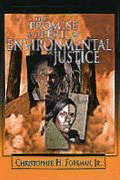
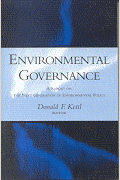
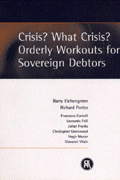
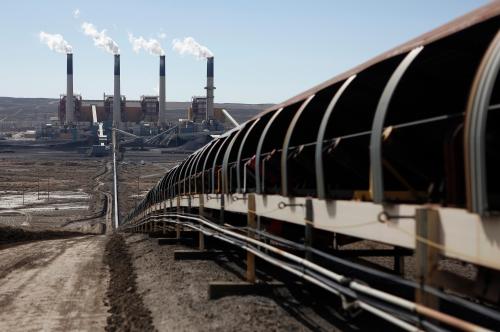
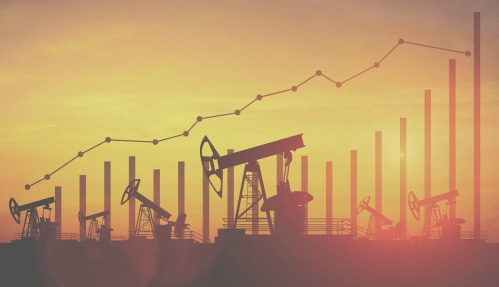
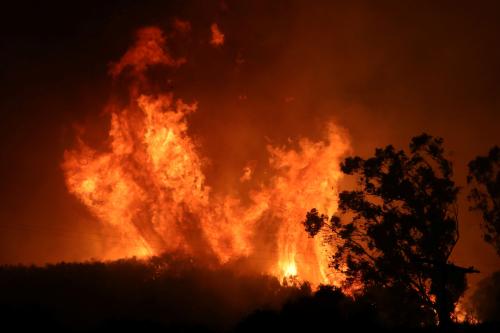



Commentary
Amid COVID-19, don’t ignore the links between poor air quality and public health
August 19, 2020